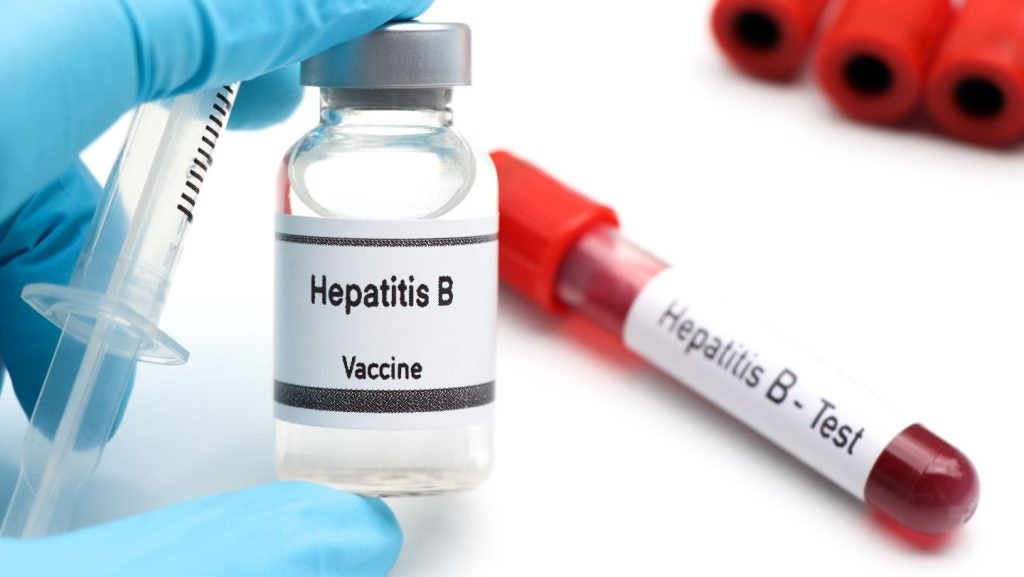
Hepatitis B virus (HBV) infection is a major public health problem, with the chronic manifestations of disease markedly increasing the risk of liver cirrhosis and liver cancer. As of 2019, the World Health Organization (WHO) estimated that there were 296 million people living with chronic HBV infection.
The WHO 2030 target is 90% diagnostic coverage, 80% treatment rate, and 65% HBV-related death reduction, with the eventual elimination of viral hepatitis. China bears a disproportionately heavy disease burden, accounting for approximately one-third of global infections. The country has a screening program available to particular demographic groups, which supports the identification of undiagnosed cases. However, disease rates remain high, and a more expansive screening program is needed to improve early diagnosis and treatment rates.
The current screening program is limited to key target populations including pregnant women, newborn infants, and blood donors. In China, infants are vaccinated at birth as part of a successful state-funded vaccination program which was initiated in 2002. Consequently, hepatitis B vaccination rates among the infant population are very high. However, the majority of the adult population remains unvaccinated and susceptible to infection. A universal screening program could identify more people at an earlier age, with two key impacts.
Firstly, these individuals can start treatment at an earlier stage of illness, thus reducing the likelihood of developing life-threatening disease outcomes. In particular, this affects the age group that may have missed out on hepatitis B vaccination prior to 2002. Secondly, individuals who are aware of their disease status can take protective measures to reduce the risk of transmission, which may reduce the number of annual incident cases over the coming years. For people unaware of their infection status, the risk of transmission to the unvaccinated population is high. Additionally, particularly in resource-limited settings, there remains a risk of mother-to-child transmission.
According to GlobalData epidemiologists, in China, total prevalent cases of HBV (which includes both diagnosed and undiagnosed cases) over the age of 15 are trending upwards and will have exceeded 82.36 million by 2029. Yet only around 20% of these individuals will receive a diagnosis for their condition under the current screening program. A recent study by Su and colleagues published in the Lancet Global Health evaluated the cost effectiveness of 180 universal screening strategies aiming to reduce HBV-related mortality in China. The study found a five-test screening strategy to be the most cost-effective, with the potential to prevent 3.46 million liver-related deaths over the cohort lifetime.
See Also:
However, under the current screening guidelines in China, the study found that the WHO 2030 targets to improve patient outcomes for diagnostics and treatment will likely not be achieved. Given the magnitude of the diagnosis gap, the high prevalence of disease within the population, and the fact that there are viable treatment options available, it is imperative that the country explores options to expand the current screening program.
How well do you really know your competitors?
Access the most comprehensive Company Profiles on the market, powered by GlobalData. Save hours of research. Gain competitive edge.

Thank you!
Your download email will arrive shortly
Not ready to buy yet? Download a free sample
We are confident about the unique quality of our Company Profiles. However, we want you to make the most beneficial decision for your business, so we offer a free sample that you can download by submitting the below form
By GlobalData








Related Company Profiles
Who LLC